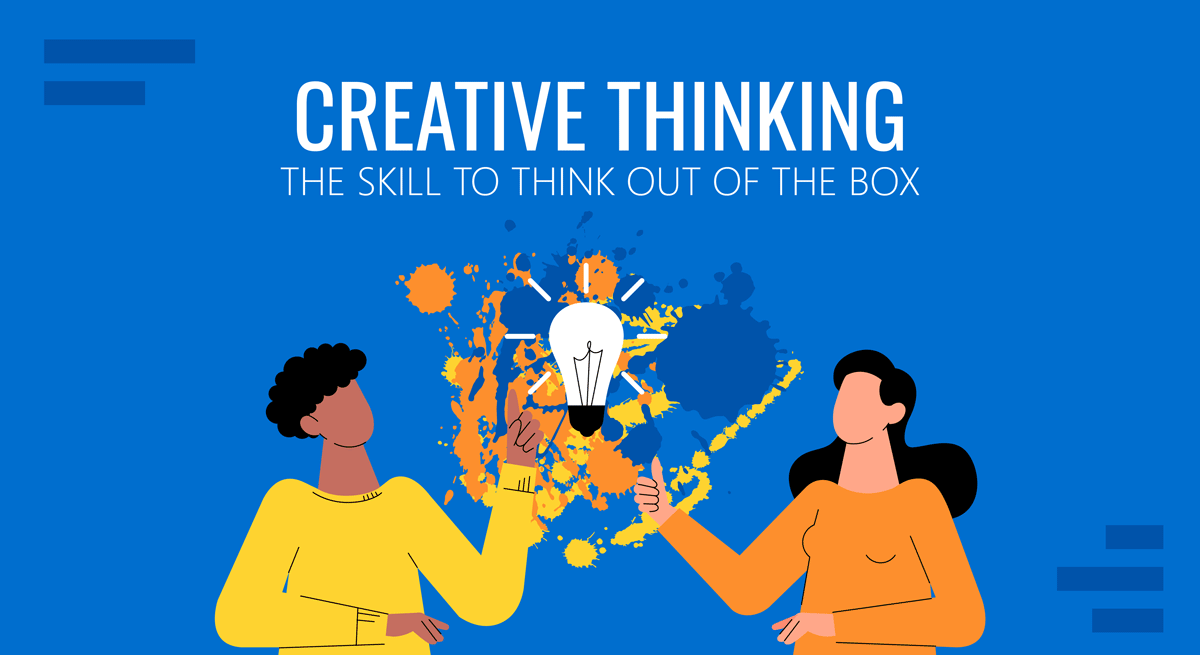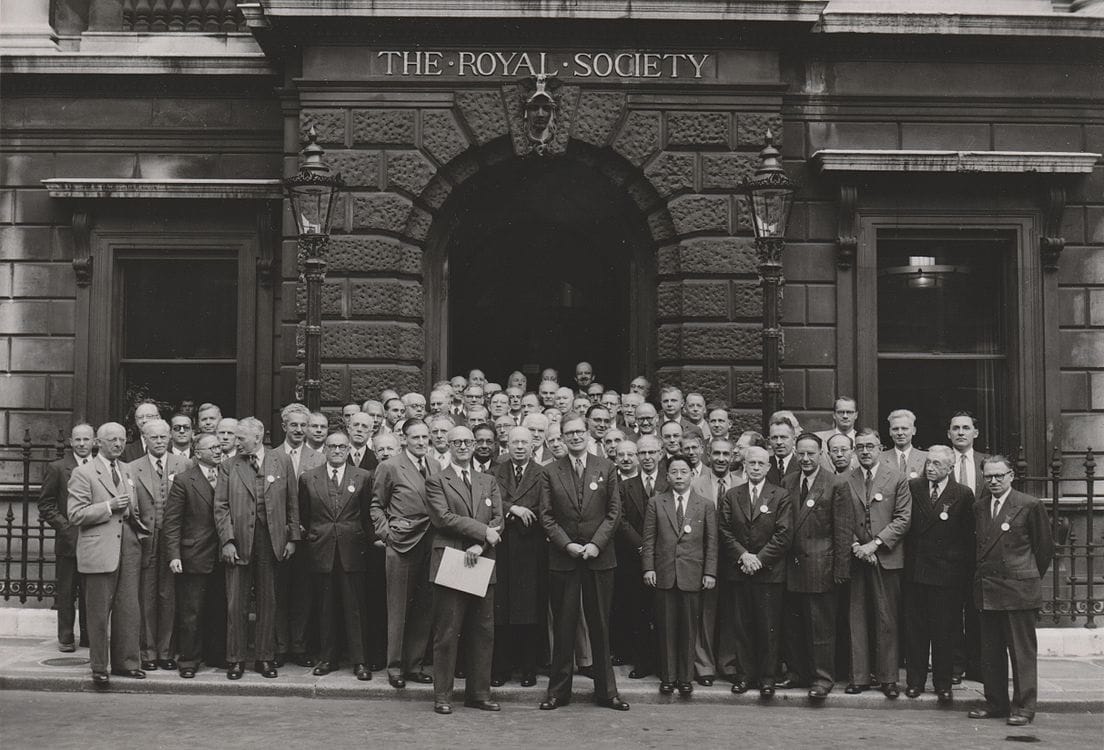
Creativity is often hailed as the catalyst for innovation, problem-solving, and progress. In a rapidly evolving world, the ability to think creatively has become a prized skill. One crucial aspect of creativity is divergent thinking, a cognitive process that encourages exploration and generation of multiple ideas. Unlike convergent thinking, which focuses on finding a single, correct solution, divergent thinking involves exploring a wide range of possibilities and perspectives. In this article, we’ll delve into the concept of divergent thinking and explore how it serves as a powerful tool for unlocking creativity.
Understanding Divergent Thinking:
Divergent thinking is a thought process that involves generating a multitude of possible solutions or ideas in response to an open-ended question or problem. It encourages individuals to explore different avenues, think beyond the obvious, and make connections between seemingly unrelated concepts. This approach stands in contrast to convergent thinking, which seeks a single, optimal solution to a clearly defined problem.
Key Characteristics of Divergent Thinking:
- Fluency: Divergent thinking emphasizes the quantity of ideas rather than their quality initially. The goal is to produce a large number of diverse ideas without immediate judgment.
- Flexibility: This aspect involves the ability to shift between different perspectives, approaches, or categories when generating ideas. It encourages a willingness to explore unconventional or unexpected avenues.
- Originality: Originality in divergent thinking is about producing ideas that are unique and not commonly thought of. It involves thinking beyond conventional boundaries and challenging the status quo.
- Elaboration: This characteristic involves developing and expanding upon ideas, adding details, and refining concepts. It’s a crucial step in the creative process that transforms initial thoughts into more concrete and well-developed solutions.
Applications of Divergent Thinking:
- Problem Solving: Divergent thinking is instrumental in problem-solving scenarios where traditional solutions may fall short. By exploring various possibilities, individuals can identify novel approaches and innovative solutions.
- Innovation: Many breakthroughs in science, technology, and the arts stem from the ability to think divergently. Innovators often challenge existing norms and explore alternative paths to create something entirely new.
- Creativity in the Workplace: In professional settings, divergent thinking can foster a culture of innovation. Encouraging employees to explore diverse ideas can lead to improved products, services, and processes.
- Educational Benefits: Incorporating divergent thinking into education can enhance students’ cognitive abilities and prepare them for real-world challenges. It nurtures a mindset that values curiosity, exploration, and creativity.
Fostering Divergent Thinking:
- Open-Mindedness: Embrace a mindset that is receptive to new ideas and perspectives. Avoid premature judgment during brainstorming sessions to allow for a free flow of creativity.
- Diverse Perspectives: Encourage collaboration among individuals with varied backgrounds, experiences, and expertise. Diverse teams bring different viewpoints to the table, sparking creative conversations.
- Creative Exercises: Engage in activities that stimulate divergent thinking, such as brainstorming sessions, mind mapping, or word association games. These exercises can help break mental barriers and encourage creative thinking.
- Cultivate Curiosity: Foster a culture of continuous learning and curiosity. Encourage individuals to explore outside their comfort zones, engage in interdisciplinary learning, and seek inspiration from diverse sources.
In a world where innovation is the lifeblood of progress, divergent thinking emerges as a crucial skill for unlocking creativity. By encouraging the exploration of multiple perspectives and solutions, individuals can transcend conventional boundaries and pave the way for groundbreaking ideas. Embracing divergent thinking not only enhances problem-solving abilities but also fosters a culture of innovation, driving positive change across various domains. As we continue to navigate the complexities of the modern era, thinking outside the box becomes not just an approach but a mindset that propels us towards a future shaped by creativity and ingenuity.






